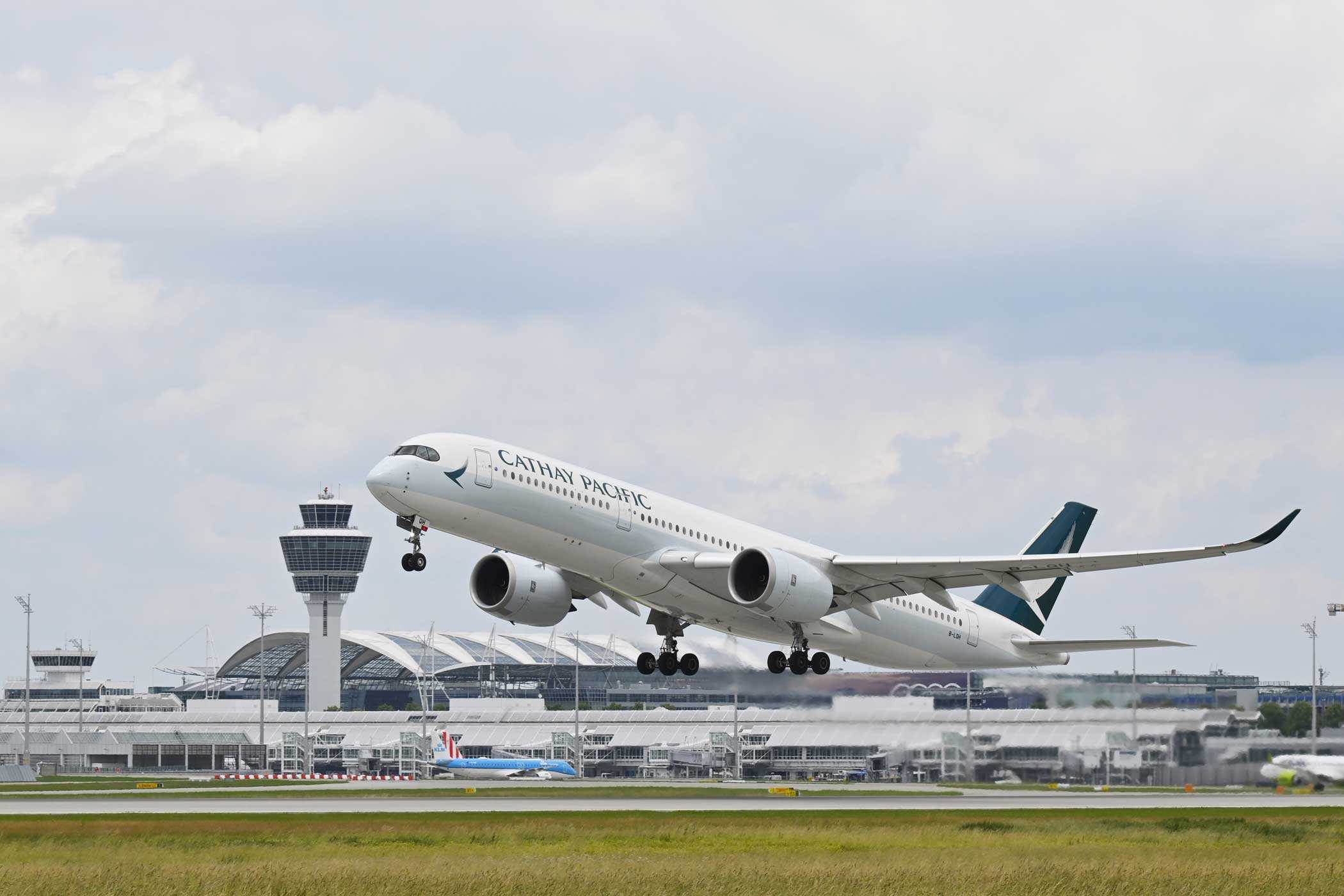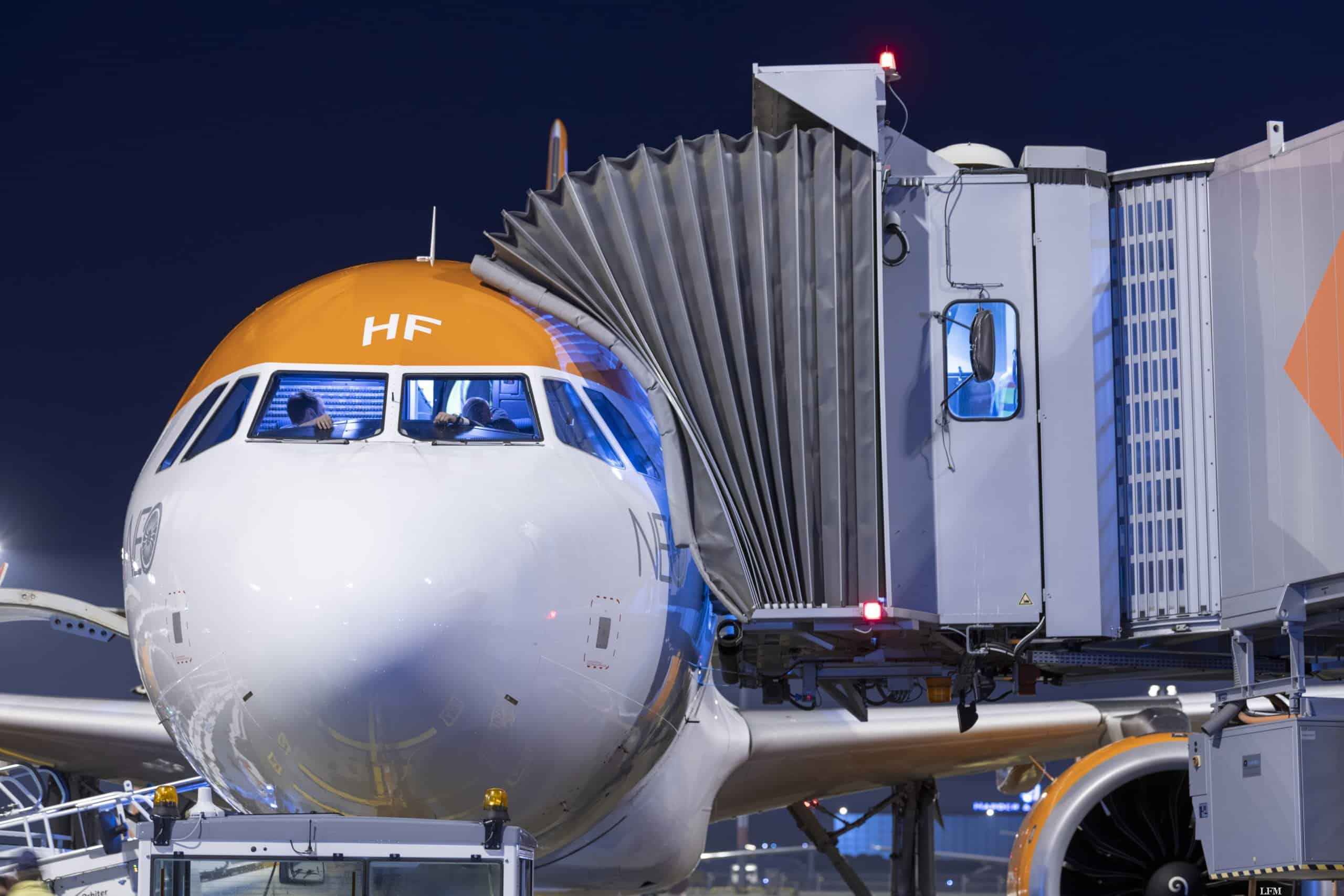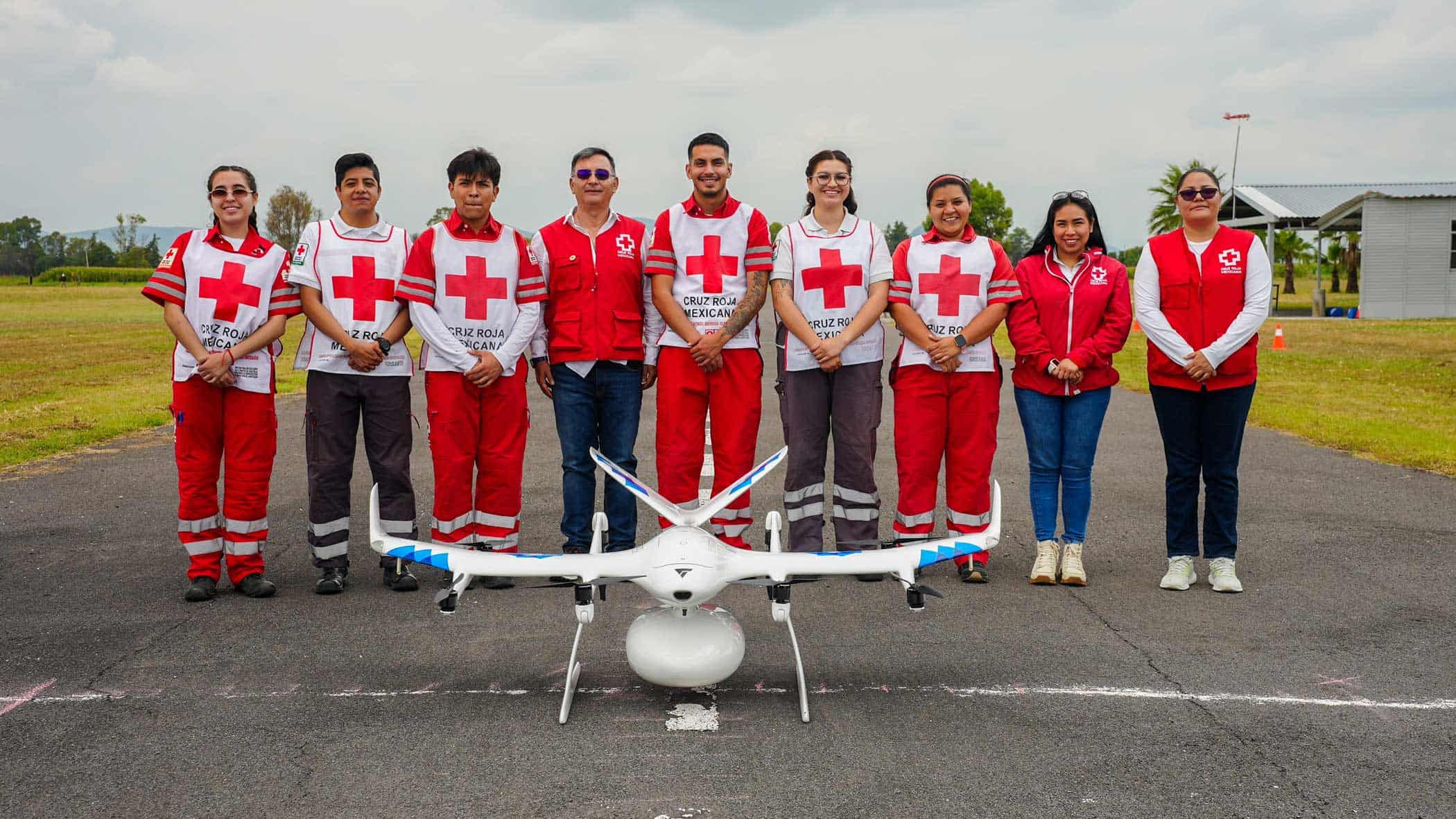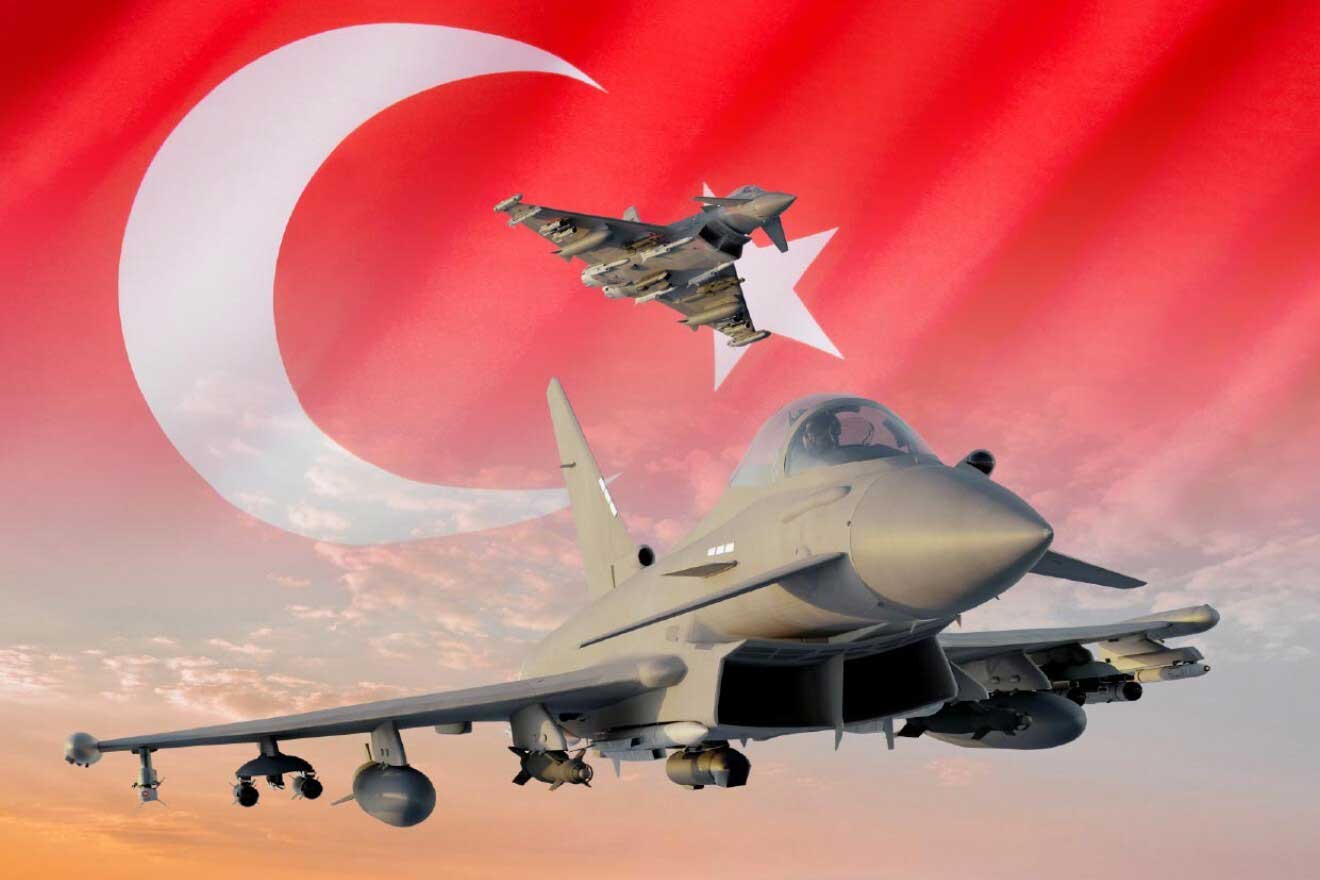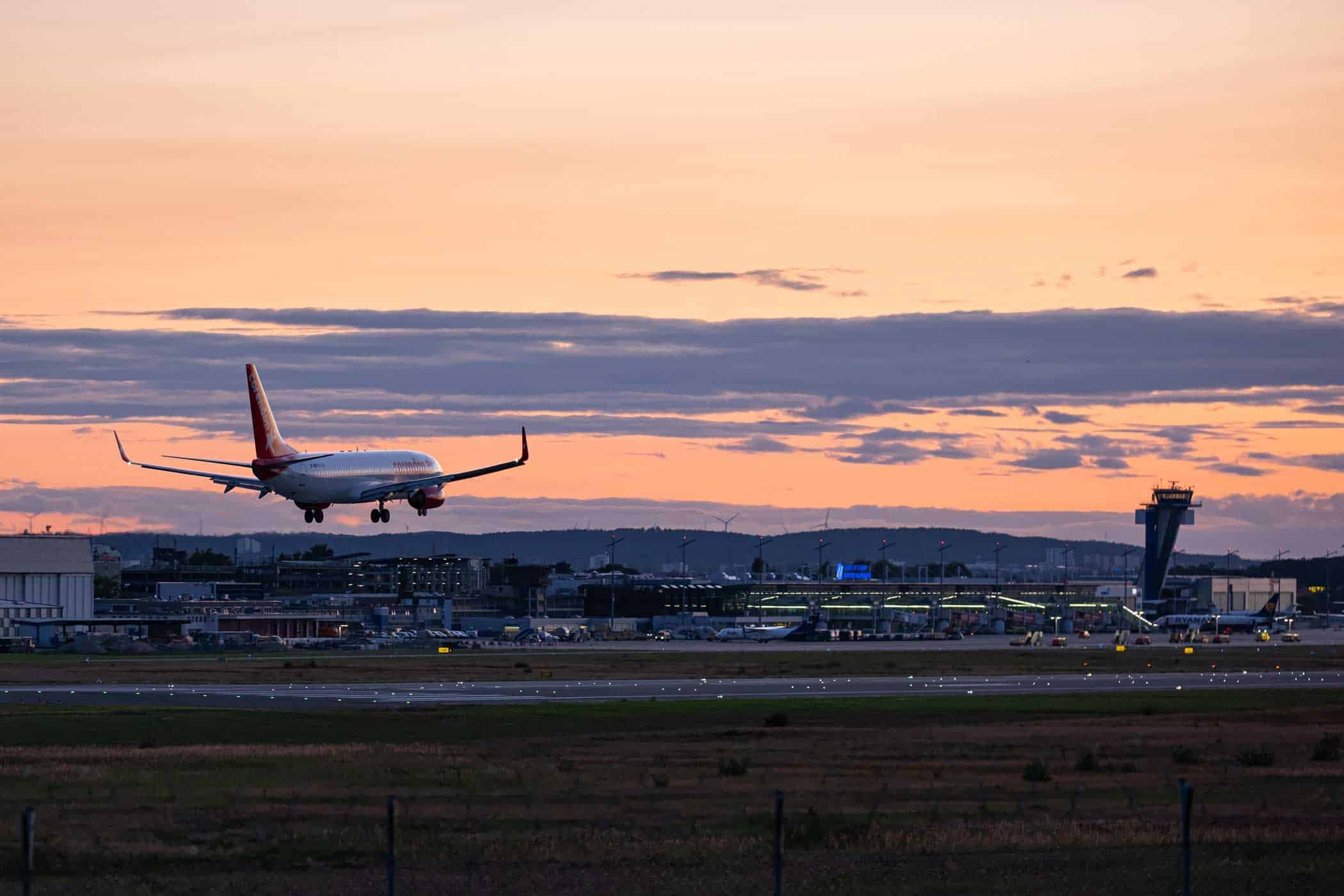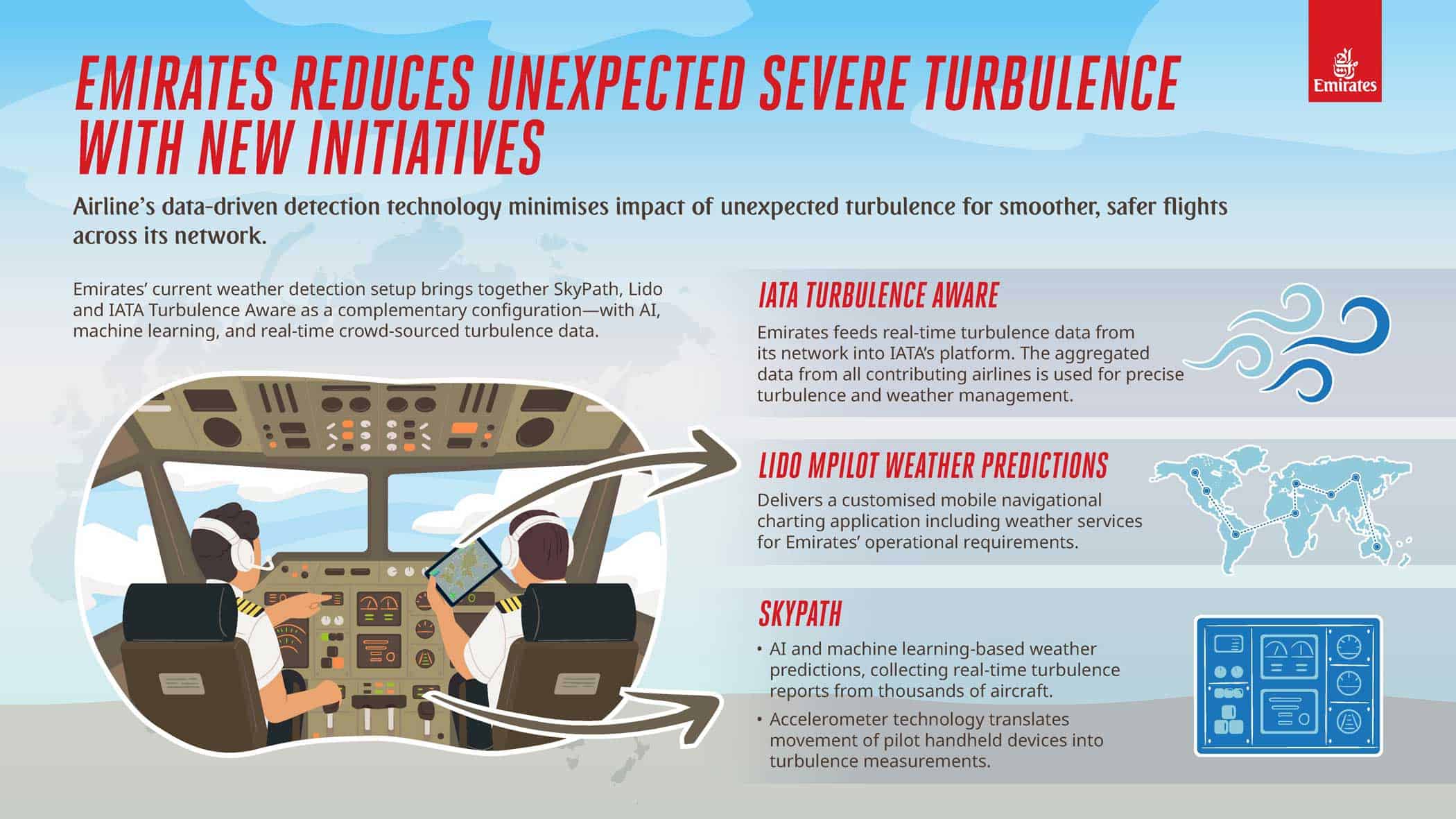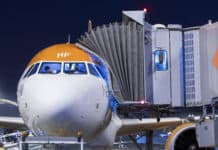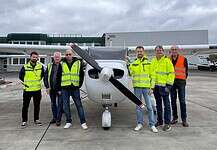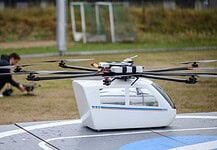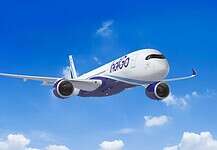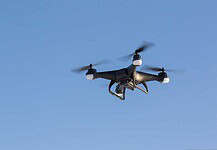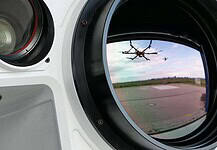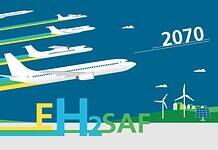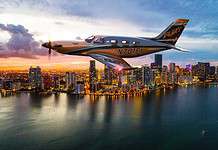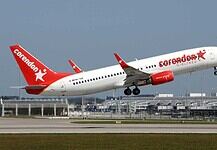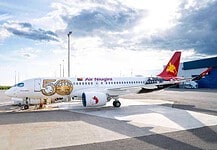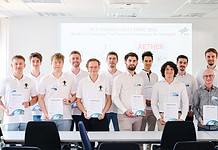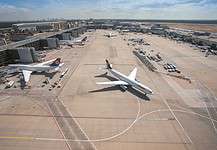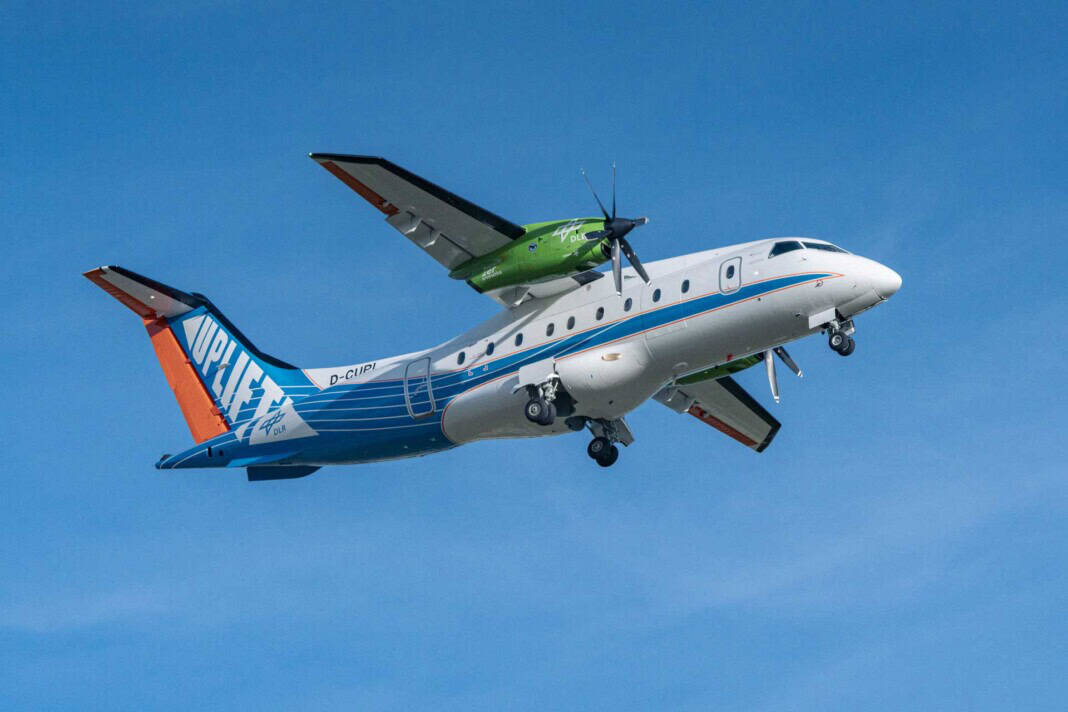
This site is also available on:
Deutsch
The German Aerospace Center (DLR) will be presenting its current research projects at the Paris Air Show in Le Bourget. In Hall 2C, Stand C357, the DLR will provide insights into developments in the fields of aeronautics, space, energy, transport, security, and defense. Models, demonstrators, and technologies will be on display that demonstrate how sustainable air traffic, advanced mobility concepts, and innovative space solutions can be designed. The focus will include technologies for reusable rocket stages, an innovative ultralight aircraft, a research facility for the production of electricity-based fuels, a platform for the holistic assessment of aviation scenarios, a mission and new technological approaches for Earth observation, and work on concepts for next-generation military aircraft.
“Security and defense, pioneering applications in space, and competitive, climate-friendly air transport are key issues for Germany‘s and Europe‘s global sovereignty,” says DLR Executive Board Chair Prof. Dr.-Ing. Anke Kaysser-Pyzalla. “At DLR, we make crucial contributions to all of these topics in research and development, technology transfer with industry, and knowledge exchange with stakeholders and authorities. At the Paris Air Show, we will be demonstrating DLR’s capabilities on the ground, in the air, and in space.”
Dr. Walther Pelzer, DLR Executive Board member and Director General of the German Space Agency at DLR, added: “Here at the Paris Air Show, we are not only demonstrating the industrial capabilities of the European aerospace sector, but also what the Franco-German friendship can achieve for Europe and the world. Our two nations form a strong axis within ESA and are central to a successful ESA Ministerial Conference in Germany in November. We are also working closely together bilaterally. For example, the joint Merlin mission, which will be launched in 2028, will make a significant contribution to a better understanding of climate change by measuring methane concentrations in the atmosphere for the first time. Our engagement with our French partner CNES also makes it clear that only through European and international cooperation in space can we meet the challenges of the future.”
UpLift: A flying laboratory for environmentally friendly aviation technologies
With the DLR research aircraft D328® UpLift, DLR is presenting its versatile, flying test bench. It is used, for example, for testing alternative propulsion systems and fuels such as fully synthetic fuels or hydrogen – for a more climate-friendly aviation of the future. The D328® UpLift complements Europe’s largest civil research fleet with a flexibly usable test aircraft. In addition to DLR aeronautics research, it can also be used by national industry, small and medium-sized enterprises, start-ups, and other research institutions to test new, environmentally friendly fuels, as well as system and propulsion technologies under realistic flight conditions. A model of the research aircraft is on display at the DLR booth.
ALICIA: Platform for digital aircraft development
For climate-friendly and competitive aviation, DLR is developing a digital platform in the ALICIA project for the holistic assessment of future scenarios to provide a sound basis for decision-making for policymakers and industry. The platform will enable data-driven analyses of the climatic, ecological, economic, and social impacts of innovative aircraft technologies at multiple levels (aircraft, airports, and the global air transport system) and across their entire life cycle.
Muuv: The next-generation ultralight aircraft
Muuv, a DLR spin-off, is currently developing an electric ultralight aircraft with hybrid propulsion technology that flies significantly quieter, more efficiently, and is more climate-friendly than current models. At its core is a combination of battery power and a range extender, enabling up to five hours of flight time – at half the operating costs of other ultralight aircraft. The aircraft is geared towards the real needs of general aviation: around 90 minutes of purely electric flight is standard, and if necessary, the additional propulsion provides greater range and flexibility. The electric demonstrator HyBird, the technological basis of Muuv, will be presented at the 2025 Paris Air Show. The idea and original aircraft concept for HyBird were developed by a student team from the University of Stuttgart, including the Muuv founders, as part of the German-American DLR/NASA Design Challenge, which they won with their design. The ultralight aircraft represents an intermediate step in the development of an unmanned aerial vehicle (UAV) for transporting critical goods to poorly connected areas.
CALLISTO landing leg: For the reusable rocket of tomorrow
The CALLISTO space project – a collaboration between DLR, CNES, and JAXA – is demonstrating a reusable rocket first stage. A model of the landing leg, which is crucial for the demonstrator’s autonomous, vertical landing, is on display at Le Bourget. The development incorporates lightweight construction, shock absorption, and aims to ensure the reusability of its components. CALLISTO serves as a test bed for future vertical-landing launch systems.
MERLIN: Tracking methane in the atmosphere with laser technology
MERLIN is a German-French Earth observation satellite for measuring methane in the Earth’s atmosphere. Methane is considered a particularly climate-damaging greenhouse gas. A 1:2 scale model of the satellite and a 1:1 scale model of the laser payload will be on display at the DLR booth. The IPDA LIDAR laser, developed by DLR, is the heart of the satellite mission and was developed in collaboration with the Fraunhofer Institute for Laser Technology ILT. MERLIN is intended to provide precise data on global methane emissions in the future, thus making a significant contribution to climate protection.
CMOS TDI detector: New standards for Earth observation
With the CMOS TDI Detector 8,000, DLR is showcasing a miniaturized sensor system for next-generation satellite missions. This technology enables high-resolution, multispectral Earth observations with an elevenfold improvement in signal-to-noise ratio. The model exhibited at the Paris Air Show is based on CMOS (Complementary Metal-Oxide Semiconductor) technology with 8,000 pixels. The detector was developed with partners from industry and research – with the shared goal of integrating it into sensor systems for space-based instruments in the future.
Power-to-liquid fuels: produced sustainably and electricity-based
With its Power-to-Liquid Fuels (TPP) technology platform, the DLR is presenting the largest research facility to date for the production of electricity-based fuels. These fuels, known as Sustainable Aviation Fuels (SAFs for short), are intended to be suitable for use in existing engines. The DLR stand at the Paris Air Show 2025 will introduce visitors to the topic of fuel design, among other things: They can simulate how the formulation of a fuel can be modified and what impact this has on combustion and emissions during flight. The purpose of the TPP research facility is to further develop and test technologies and processes for the production of electricity-based fuels. The fuels will also be comprehensively evaluated, and their properties will be optimized for future applications in aviation, at sea, or in heavy-duty road transport.
Intermodal travel: Aviation in the transport network of the future
With the exhibit “Air Travel in an Intermodal Context,” the DLR illustrates the role of aviation in the interconnected transport system. Models and case studies from Germany and its surroundings demonstrate how airports can be efficiently linked to rail and road as so-called “multimodal hubs.” The goal is sustainable, resilient mobility with optimized transfer processes. The DLR booth will demonstrate the functionality and possibilities of multimodal modeling, providing interested parties with concrete insights into the opportunities and challenges of intermodality in air transport.
Mobility Lab: Simulating traffic before it occurs
The DLR Mobility Laboratory enables the virtual planning and evaluation of new mobility concepts – such as the use of autonomous vehicles or the redesign of transport networks. Simulations demonstrate the effects of drive technologies and traffic control on emissions, noise, and accessibility, for example. At the booth, visitors can understand how data-based models can be used to develop measures and thus implement road traffic more efficiently and effectively.
WingMates: Teamwork in the air – manned meets unmanned
With the WingMates project, the DLR is developing pioneering concepts for next-generation military aircraft. The focus is on a manned “Future Fighter Demonstrator” with high agility and a new type of engine, as well as the Muldicon concept for an unmanned flying wing aircraft (Uncrewed Combat Air Vehicle, or UCAV) with particularly efficient aerodynamics and reduced radar visibility. The idea behind the project is that such systems should operate in a networked and cooperative manner in formations in the future. The goal is to create the basis for a modern, digitally networked air defense system that intelligently combines manned and unmanned platforms. The research provides valuable input for future European defense programs and demonstrates how high-tech combat aircraft could operate together as a team in the future.
INTENTAS: Quantum technology for space
With the INTENTAS project, the DLR is driving forward the development of high-precision quantum sensors for use in space. The goal is a novel atomic interferometer that uses ultra-cold, entangled atoms to respond particularly sensitively to changes in gravity and inertial forces. The technology is currently being tested under space conditions in the Einstein Elevator in Hanover. Thanks to an innovative, all-optical cooling method and spin-based entanglement, INTENTAS promises significantly improved measurement accuracy. This opens up new potential applications in navigation, Earth observation, and basic research – for example, for measuring the Earth’s gravitational field or for the further development of satellite-based systems. INTENTAS is a decisive step towards quantum sensor technology in orbit.

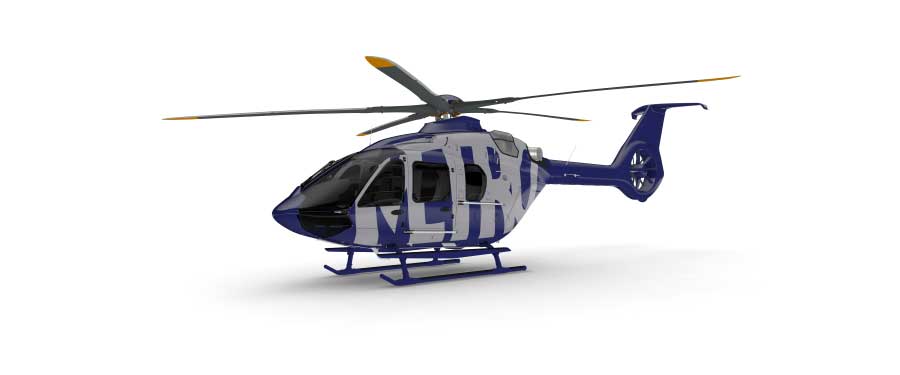 Metro Aviation and Airbus: Contract for 36 H140 helicopters (Metro Aviation and Airbus: Contract for 36 H140 helicopters)
Metro Aviation and Airbus: Contract for 36 H140 helicopters (Metro Aviation and Airbus: Contract for 36 H140 helicopters)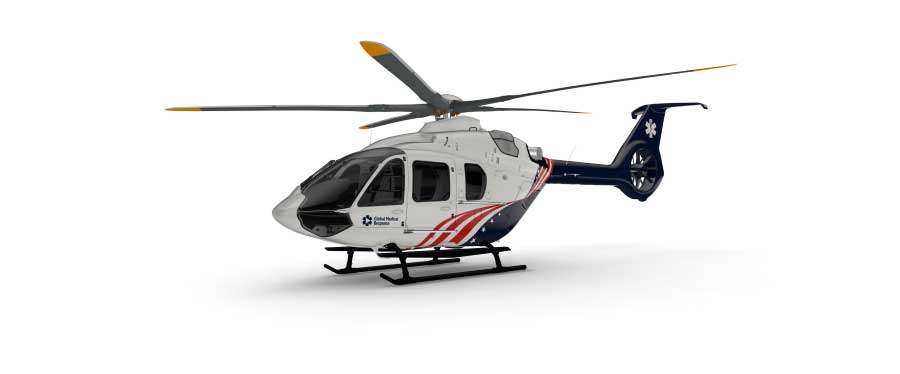 GMR and Airbus sign contract for H140 rescue helicopters (GMR and Airbus sign contract for H140 rescue helicopters)
GMR and Airbus sign contract for H140 rescue helicopters (GMR and Airbus sign contract for H140 rescue helicopters)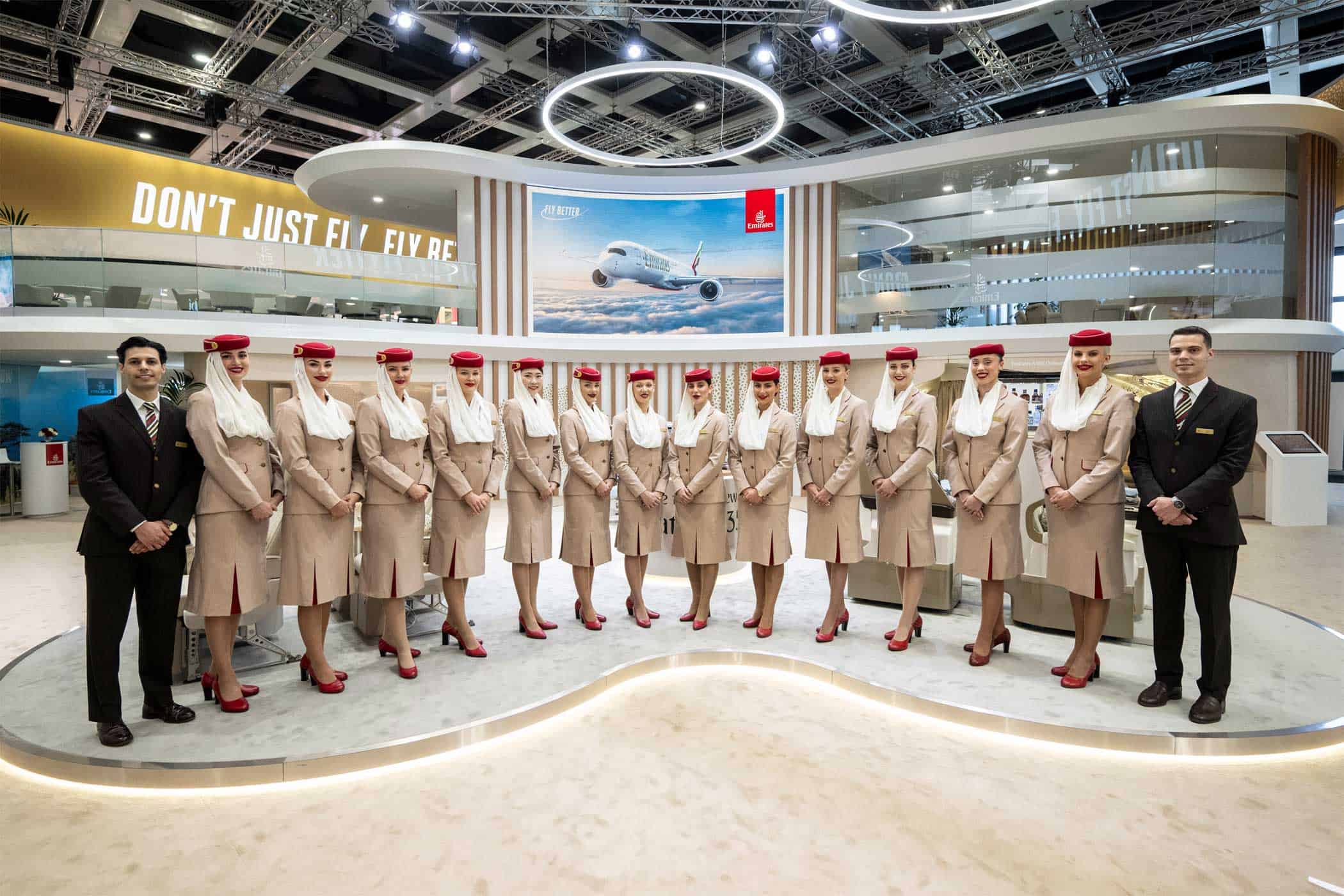 Emirates: Positive results at the ITB Berlin travel and tourism trade fair (Emirates: Positive results at the ITB Berlin travel and tourism trade fair)
Emirates: Positive results at the ITB Berlin travel and tourism trade fair (Emirates: Positive results at the ITB Berlin travel and tourism trade fair)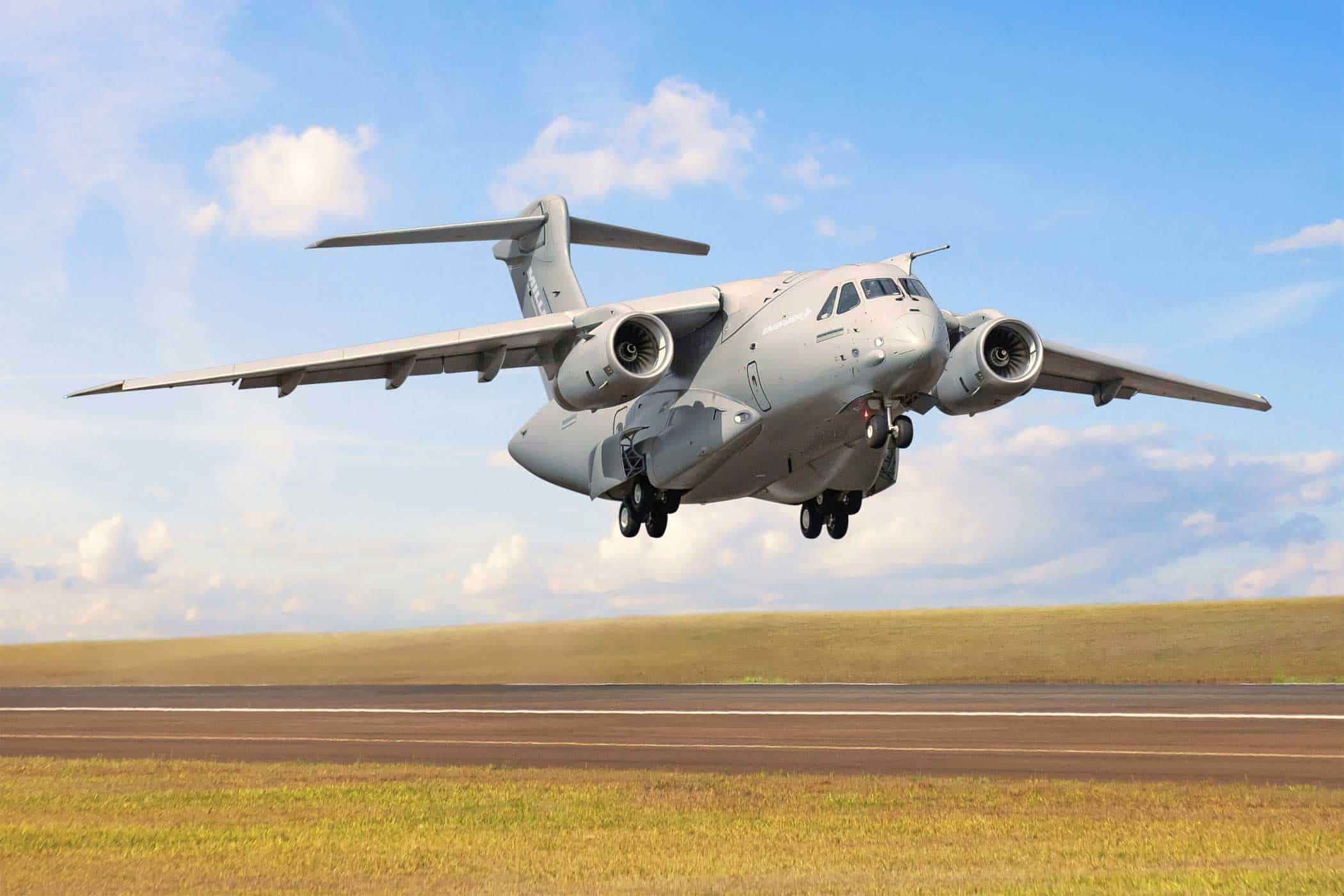 Embraer presents its military range at the Vietnam Defense Expo (Embraer presents its military range at the Vietnam Defense Expo)
Embraer presents its military range at the Vietnam Defense Expo (Embraer presents its military range at the Vietnam Defense Expo)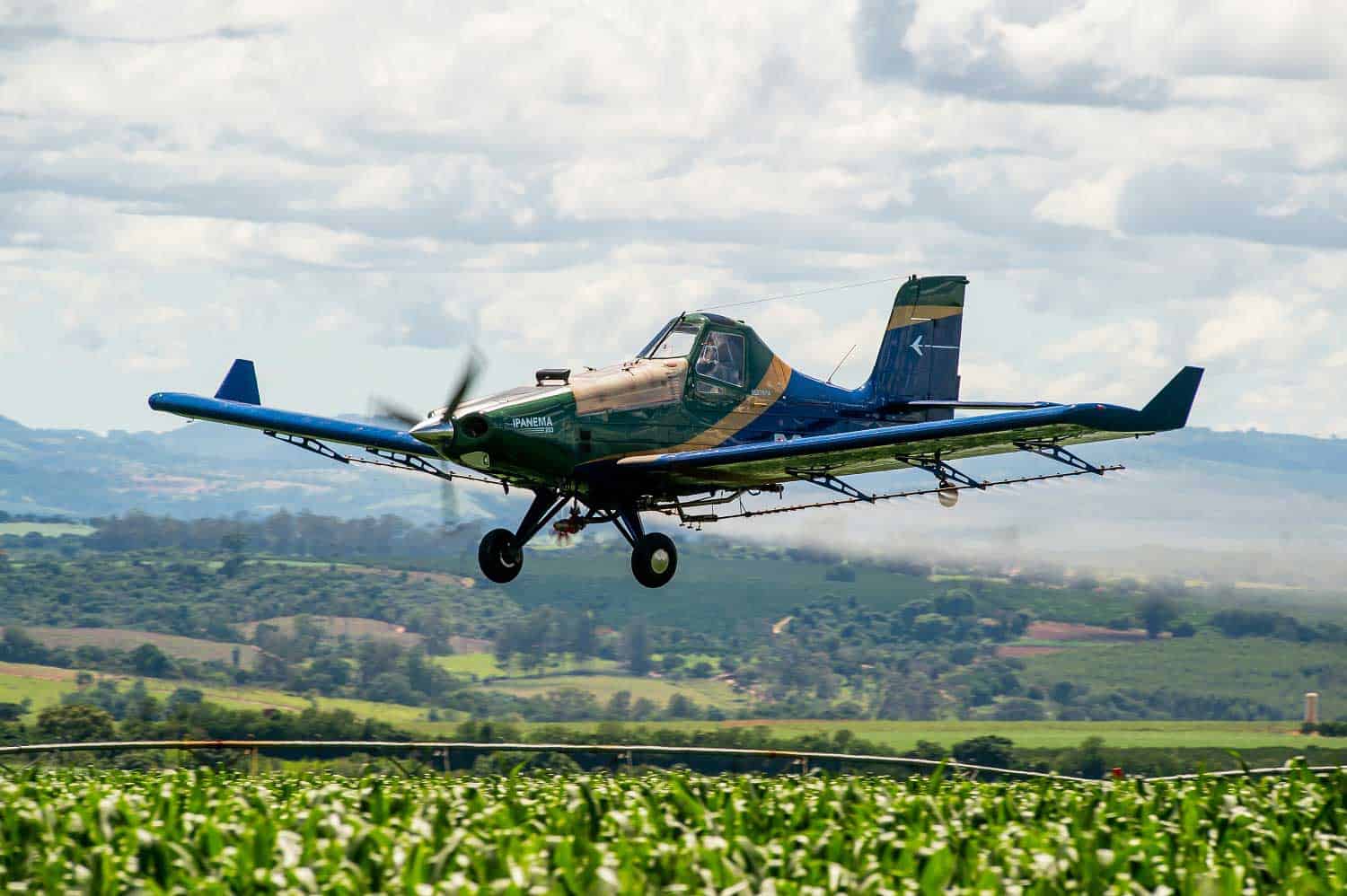 Embraer presents Ipanema 203 crop sprayer at the Agrishow (Embraer presents Ipanema 203 crop sprayer at the Agrishow)
Embraer presents Ipanema 203 crop sprayer at the Agrishow (Embraer presents Ipanema 203 crop sprayer at the Agrishow)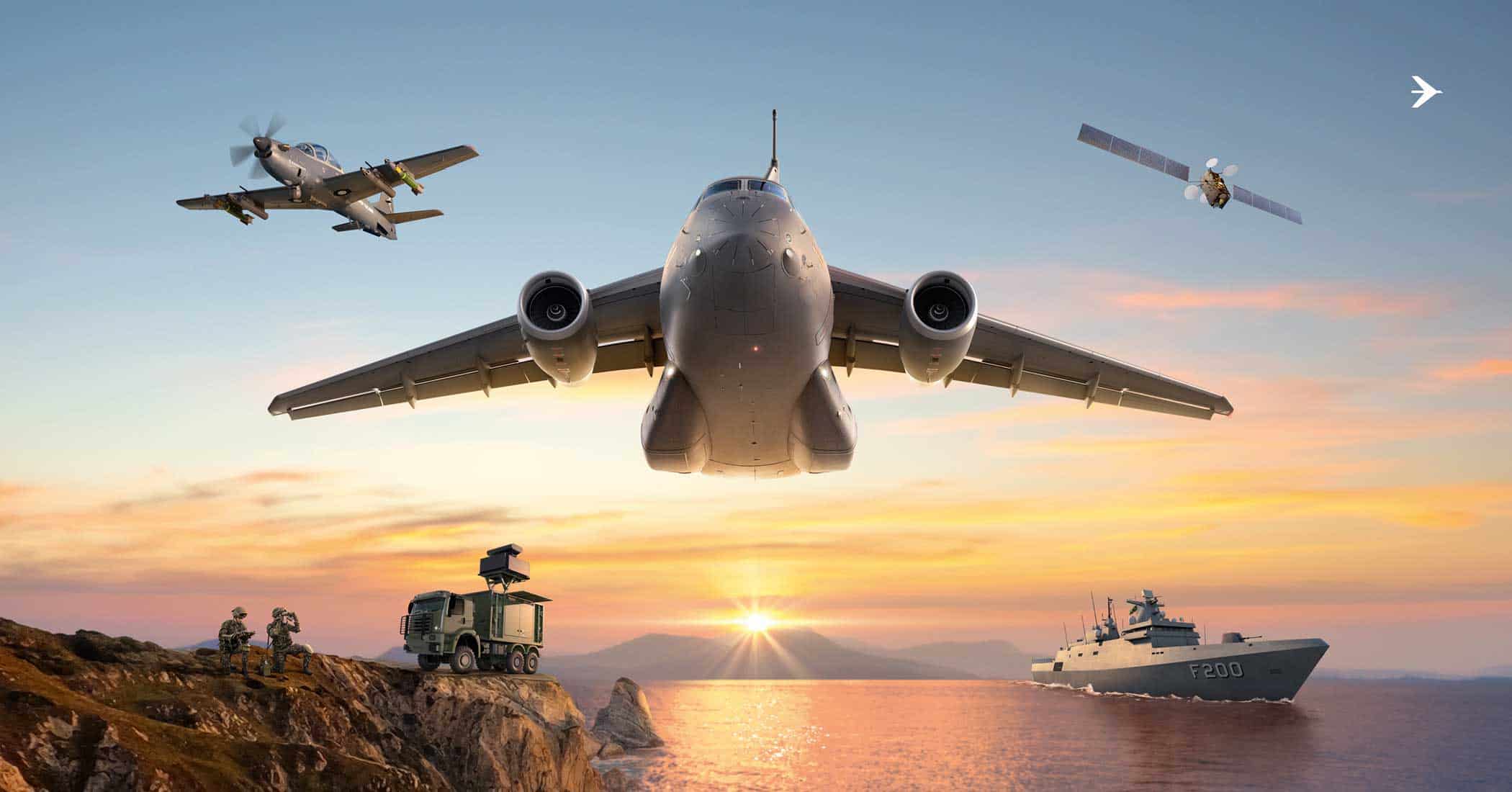 Embraer presents innovations at LAAD Defence & Security (Embraer presents innovations at LAAD Defence & Security)
Embraer presents innovations at LAAD Defence & Security (Embraer presents innovations at LAAD Defence & Security)